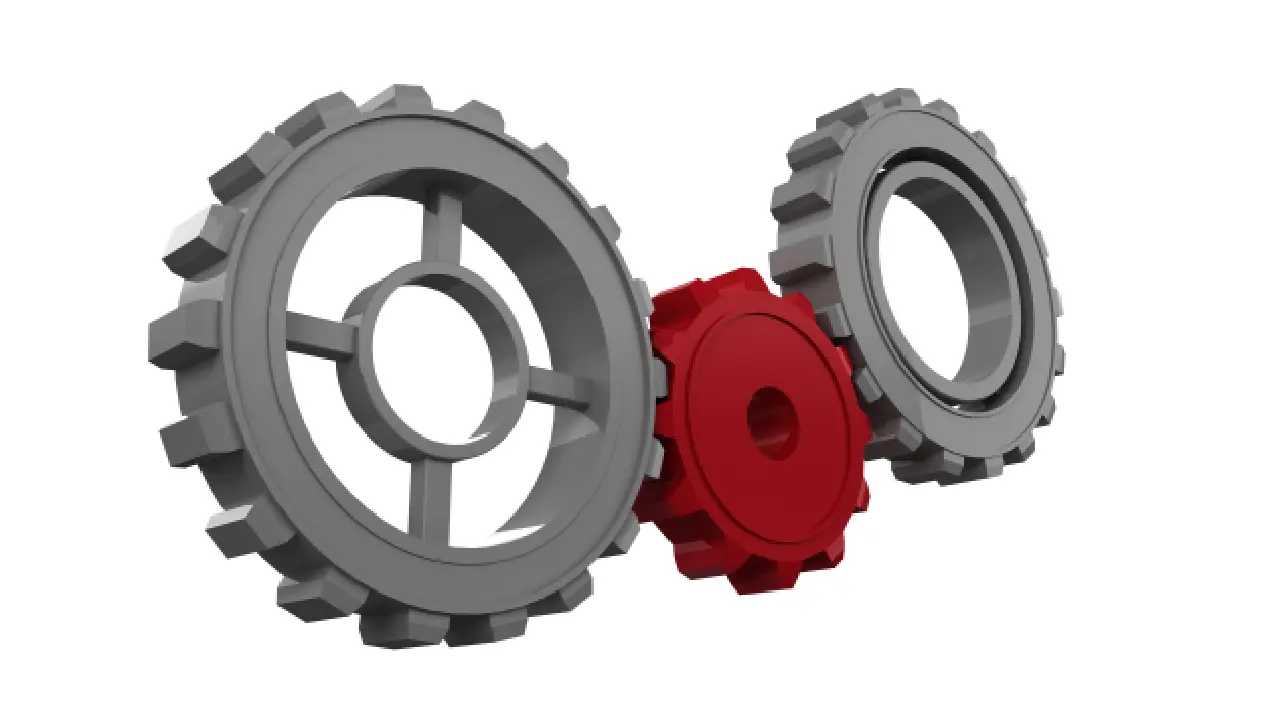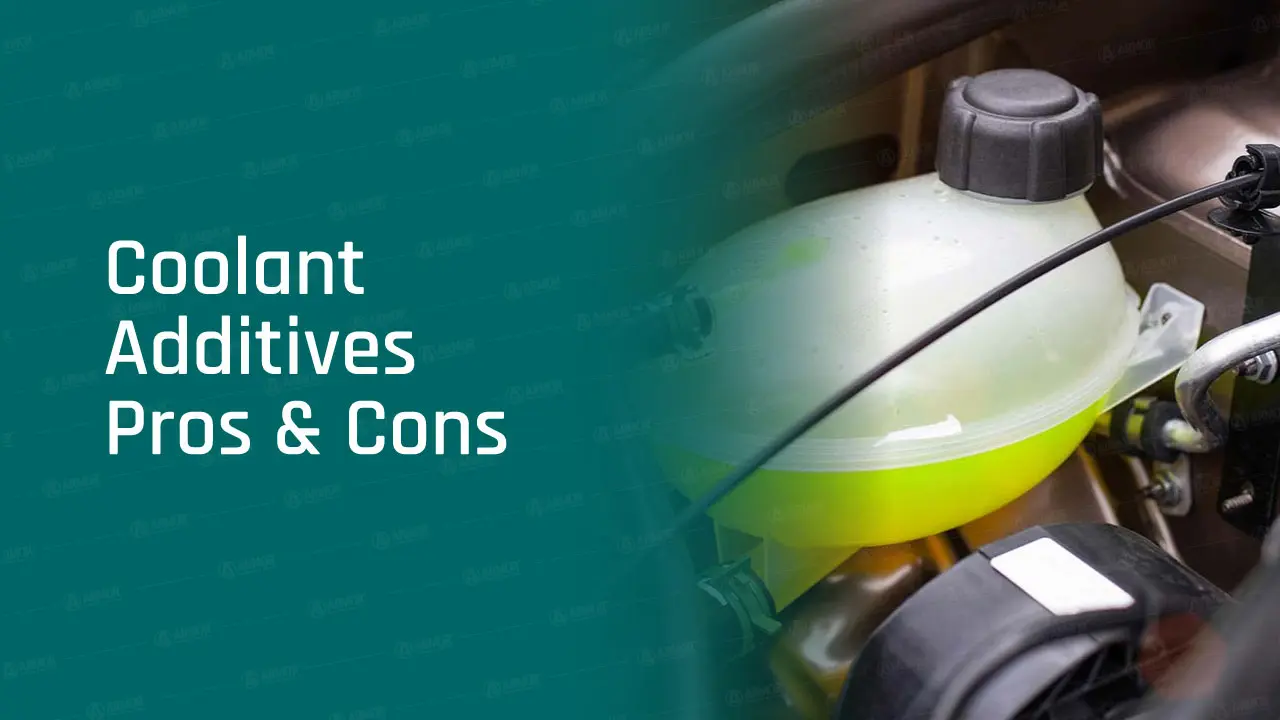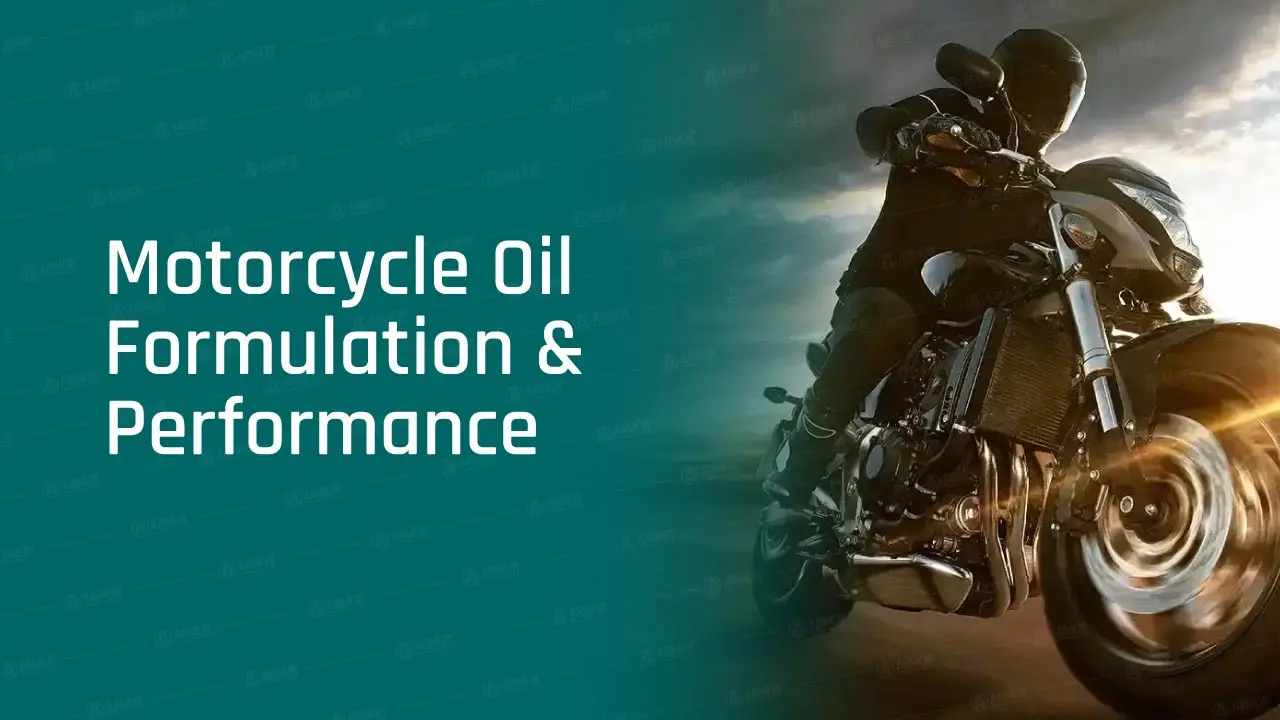- Armor Blog
- Industry
- ATF: 2023 Status and Where We Go From Here

Current Standing of ATF
Navigating the world of automatic transmission fluid (ATF) can seem like a journey filled with shifting landscapes. The role of ATF in the operation of an automatic transmission is undeniably critical, lubricating gears and components while also serving as a coolant. However, as the dynamics of the automotive industry change, ATF’s position is being tested. The Chris Giles style of detailed, informative writing will guide us as we examine the state of ATF in 2023 and its future prospects.
A glance at the global ATF market reveals substantial value. In 2020, it commanded a whopping $10.5 billion, with projections indicating a climb to $11.5 billion by 2025. This positive trajectory can be attributed to the growing popularity of automatic transmissions in vehicles. Yet, the variety in ATF types adds complexity. Each type is intended for a specific transmission, and utilizing the incorrect ATF could cause significant transmission damage.
The Electric Vehicle Challenge
The electric vehicle (EV) challenges for ATF (automatic transmission fluid) manufacturing companies are mainly related to the changing demand and performance requirements of ATF products in the EV market.
According to a recent report , the global ATF market is projected to grow from USD 3.4 billion in 2020 to USD 4.8 billion by 2025, at a CAGR of 7.2%. However, the growth of EVs is expected to reduce the demand for ATF products in the long term, as EVs have fewer moving parts and less need for lubrication than ICE (internal combustion engine) vehicles.
ATF manufacturing companies need to adapt their products to the specific needs of EVs, such as higher thermal stability, electrical conductivity, compatibility with electric components and materials, and protection against corrosion and oxidation. These factors pose significant challenges for ATF manufacturers to develop and test new formulations that meet the performance standards and regulations of different EV models and markets.
Some of the possible solutions for ATF manufacturing companies to overcome these challenges are:
- Investing in research and development to create innovative ATF products that are suitable for EVs and hybrid vehicles.
- Collaborating with EV manufacturers and suppliers to understand their needs and specifications, and to provide customized ATF solutions.
- Expanding their product portfolio to offer a range of ATF products for different types of EVs, such as battery electric vehicles (BEVs), plug-in hybrid electric vehicles (PHEVs), and fuel cell electric vehicles (FCEVs).
- Leveraging digital technologies and data analytics to optimize their production processes, reduce costs, improve quality, and enhance customer satisfaction.
Potential Lifelines: Technological Advances
The potential technological advances in ATF (Automatic transmission fluid) manufacturing and ATF technology are driven by the need to meet the diverse and demanding requirements of different types of automatic transmissions.
ATF consists of a base oil and an additive package that contains various chemicals to enhance its performance, such as friction modifiers, anti-wear agents, viscosity improvers, anti-foam additives, and corrosion inhibitors.
Some ATFs are synthetic or synthetic blends, which offer better thermal stability, oxidation resistance, and shear strength than conventional ATFs.
There are many specifications for ATF, such as the General Motors DEXRON and the Ford MERCON series, and each manufacturer recommends the appropriate ATF for their vehicles. ATF 4 is a synthetic fluid that is designed for finely-tuned transmissions and can be used in appliances that require older Dexron or Mercon fluids.
Armor Lubricants Leading ATF Manufacturer in the UAE
Armor Lubricants is a company dedicated to progress and enhancement, with a strong focus on utilizing the latest available technology. One of our primary goals is to continuously improve their ATF (Automatic Transmission Fluid) products, aiming to deliver superior performance and extended lifespan for car transmission systems. By harnessing cutting-edge technology.
Armor Lubricants strives to stay at the forefront of innovation in the industry, ensuring that their ATF products meet the highest standards of quality and effectively support the smooth operation and durability of automotive transmissions.




 Spear lubricants
Spear lubricants Armada lubricant
Armada lubricant Ace lubricants
Ace lubricants Perfect lubricants
Perfect lubricants Enzo lubricants
Enzo lubricants Lawrence lubricants
Lawrence lubricants